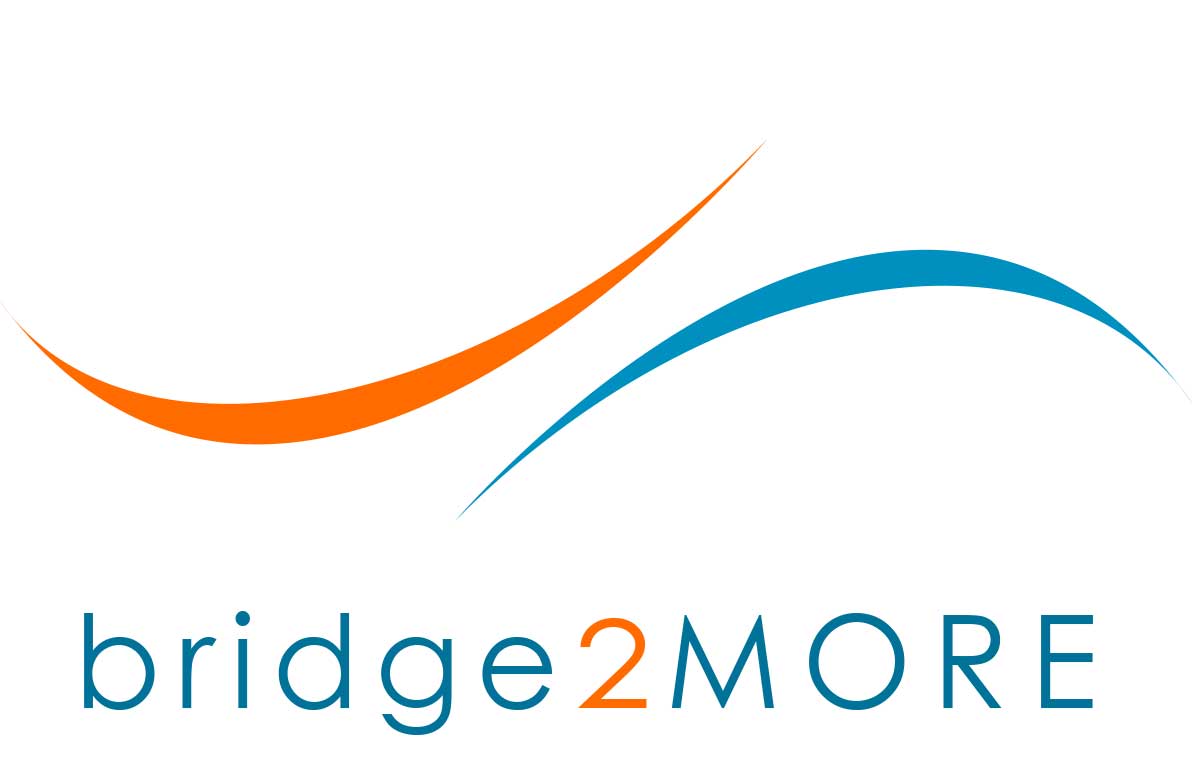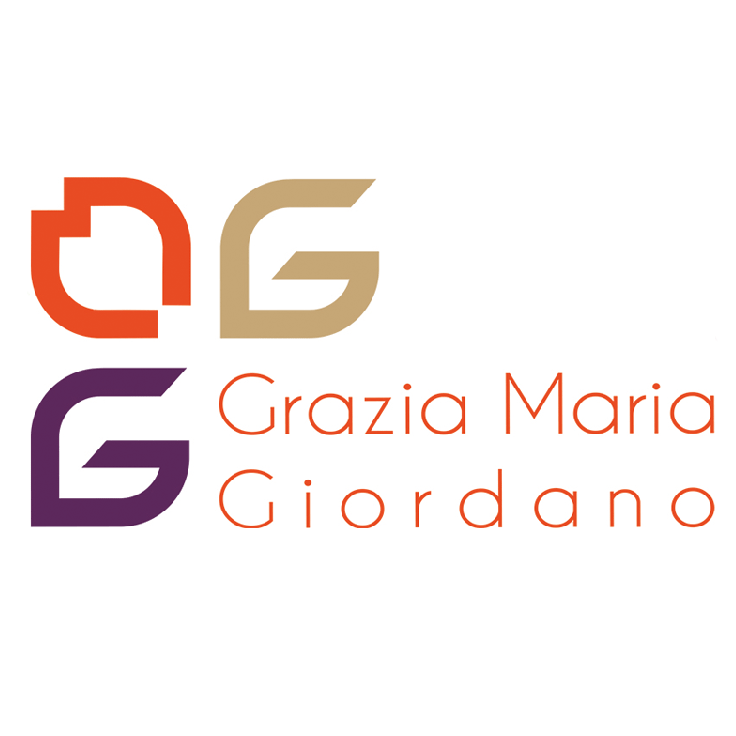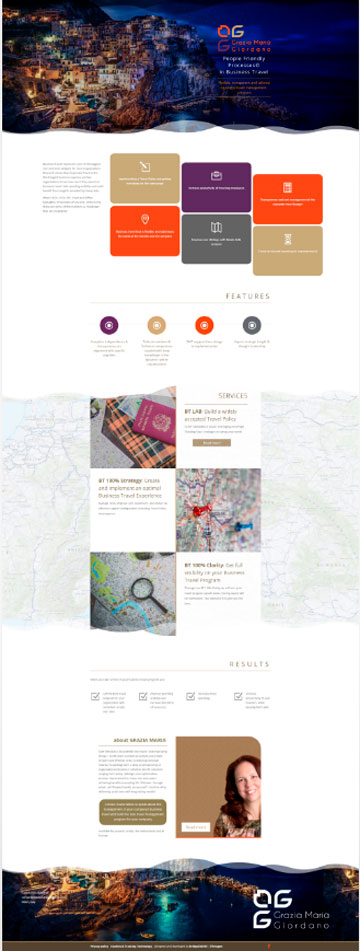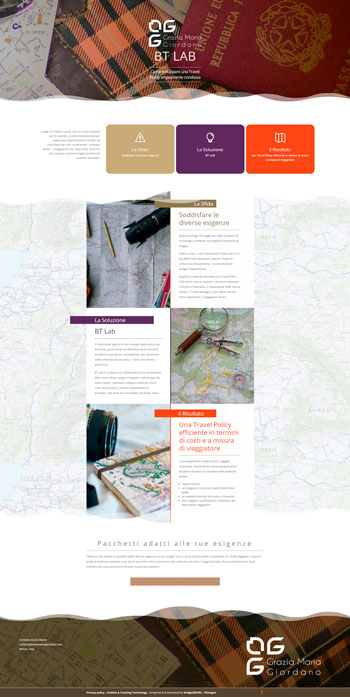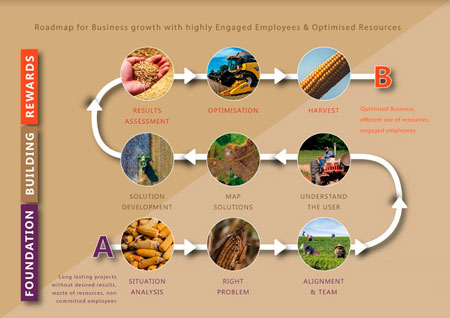Cracking the Marketing Code
Content|Driving Organic Growth
Signature System|Different ways of delivering the message
Balanced Marketing Strategy
First Step: Business DNA
Branding encompasses how you show up to the world; it is the DNA of your business. Your brand helps you create clarity and stay focused, which aids you in being strategic and will guide your marketing efforts saving time and money. The graphic expressions of your brand help to communicate what you stand for.
A good branding exercise cements the purpose of your company; hence the first step was defining Grazia Maria’s branding, internally (values, voice, vision, message) and externally (logo, website, etc.) as well.
Grazia Maria’s “People Friendly Processes” approach puts the people (employees) at the centre. While it was too early in her business to champion the approach as a trademark, we started to incorporate it in branding and communication.
As a result of the internal branding exercise, her message began to take shape, and her voice became more evident.
For the logo, we used her favourite colours: dark orange going back to her Sicilian roots, violet to represent the transformation as it inspires high ideals. Beige is used as an accent colour. While not present in her logo, it is in her other communication pieces such as presentations: blue/grey for transparency and balance.
We developed a logo that integrates the initials of her name GMG in the shape of a flower, also reminiscent of how business can flourish when people are put at the centre, and processes are rendered more efficient.
The way Claudia and Guillermo (designer) interpreted my favourite colours and applied it to my business name was a smooth process. I only provided them with colours & name. They interpreted my style and my goals in the perfect way. They have a unique way of anticipating your needs and catering to them.
Second Step: Narrowing Down the Ideal Client
Gaining clarity into who is your perfect client and the specific problem they need solving right now and how your solution helps is a pivotal step in your marketing strategy. It’s not about knowing your customer is about UNDERSTANDING your customer.
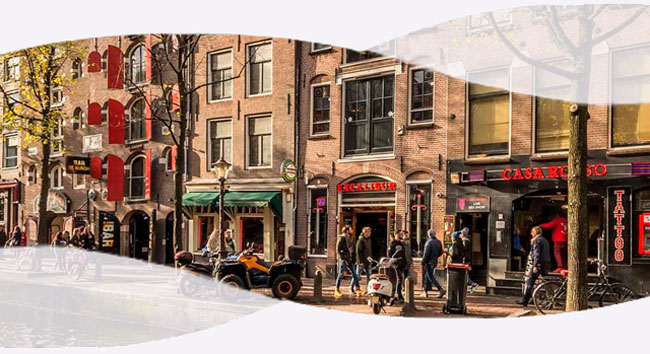
Honestly, this is the most annoying and confrontational step in anybody’s marketing strategy.
Annoying because you ought to be methodical, do research, and get lost in data you don’t know how to interpret. Confrontational because you need to make choices and this process will have you questioning the validity of your solution, and to a certain extent go back and forth on steps you had already checked from your to-do list. It calls for perseverance and a soundboard to bounce your ideas.
Business Travel is a non-core operation and one of the biggest non-core cost category for most organizations. Still, CEOs, CFOs, HR, Travel and Office Managers all have a saying in it. Who was Grazia’s client? To whom should she tailor her message for, and where should she put the focus on?
She carried out thorough research of the different stakeholders and narrowed it down to travel managers and CFO’s.
Based on the findings of her research, we got better insights into the needs & challenges her clients face when managing the business travel issues (travel managers) and the efficiency & costs (CFOs). So we narrowed down the scope of her communication to these two profiles and these two problems.
The next step was to fine-tune her message!
Third Step: Message
This is the core of your marketing message and answers the question “What do you do” in such a way that people will ask you for your card, or say “I know somebody that can use your services”.
Once Grazia decided on focusing on only two of the potential profiles, we worked on her client attraction message where she addressed the profiles, their pains and their gains of working with her. This became the base on which we built her one-pager website.
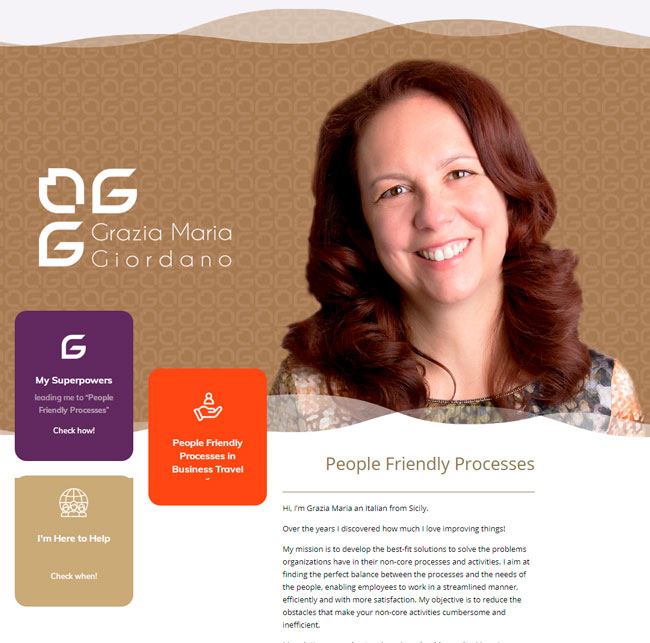
The process that we went through helped me a lot to gain clarity and introduce myself in a more precise & relevant way, and gave me the structure to understand what to do. Probably if I hadn’t gone through the process, I would still not know what to do. I’d still be undecided about where to focus, uncertain about Business Travel or something else.
I discovered my voice. Having clarity helped me to channel my voice in a practical, relevant way on the things that were needed.
Fourth Step: Website
Your website is your virtual office and should support you in the achievement of your business goals. It’s where you welcome your potential clients and the main platform from which you deliver your message. Make sure it supports your business goals!


Fifth Step: Content | Driving Organic Growth
If you’re in business and want to be successful (and who doesn’t?) you’re focused on growth. After all, nobody gets into business to shrink their company. The big question is: How do you drive growth?
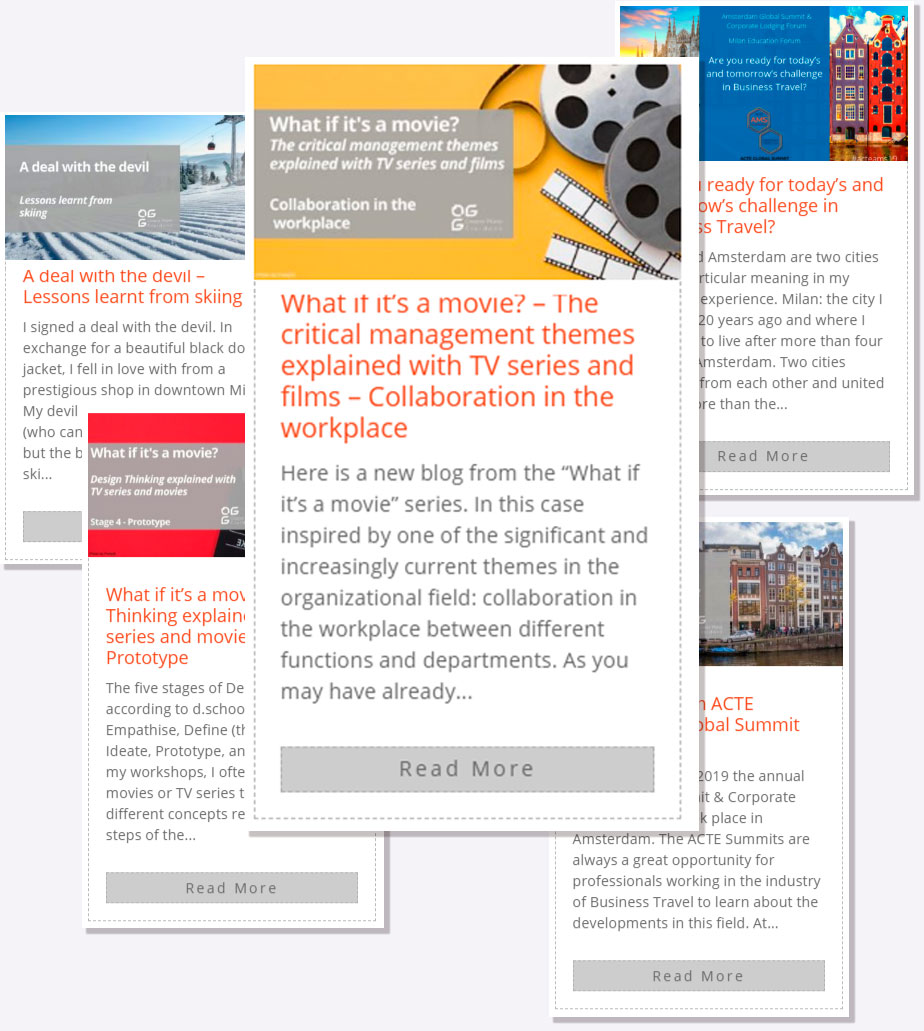
There are mostly two kinds of growth—organic and inorganic. The former is built on a blend of own resources, such as visibility, capability, reputation, experience, and expertise. The latter is a little more straightforward and based on cash to stimulate traffic to your site.
Organic growth is the “Holy Grail” in marketing. But strategies to drive that growth are often elusive and counter-intuitive.
Adding new high-quality content regularly helps her site to rank favourably on Google.
To support this strategy, we edit & optimize her content and provide feedback.
Sixth Step: Signature System| Different ways of delivering the message
A signature solution is the step-by-step process you use to help your clients go from their biggest frustration to their biggest transformation. Simply put, is how you bring your clients from A to B.
A signature solution will help you become known as the “go to” person in that area. This is incredibly valuable as it helps you focus your efforts, and magnifies how people hear about you and your work as it features your proven methodology that solves ONE painful problem for your ideal clients.
At bridge2MORE we help our clients to create their signature solution and create the graphic representation of it which helps you to stick out immediately!
Seventh Step: Balanced Marketing Strategy
The goal of a marketing strategy is to create a sustainable, successful business that connects with customers and continues to grow. A marketing plan doesn’t need to be overly complex and it doesn’t take weeks of time.

Businesses that succeed in marketing are those that take the time to plan, and if you don’t yet have your own marketing plan in place, then you’re setting yourself up for a difficult journey. The right marketing strategy—including your message, timing, and method of communication— helps you to reach and influence your consumers.
My Challenges
Steering the process. As her business concept matured and evolved, and she felt more in control of marketing her business, my role changed from consulting to coaching. While I still offer my ideas and observations when appropriate, I shifted to letting the client guide the process and asking questions that let her come up with her way. She is one sitting in the driver’s seat, I am her wing woman, and both are fully aware of that.
Shift quickly. When Grazia identified new stakeholders for her solution, the idea of needing to go back and review/re-do some of the foundations of her marketing didn’t sit well. Together we evaluated what the most straightforward way of addressing this challenge was: presenting her signature solution in a compelling graphic. Whatever the client’s response to the challenge, my focus is to help the conversation move forward instead of getting stuck in the challenge. Quickly transitioning from the challenge of designing actions and getting on with the conversation was the way to go.
Avoid the “straitjacket feeling”. For some parts of the marketing strategy, I rely on frameworks. Frameworks, or models, serve as a way to get the strategy down to earth. When confronted with the need of being able to explain her solution to different stakeholders, the client felt she would need to adapt her work and as a consequence, delay her time to market. When following a framework rigidly, the client will have a hard time figuring out how to use the framework to their advantage. The sweet spot is using the model/framework as a guideline to help the client achieve their goal, and not as a rigid, prescriptive structure that gives the client the feeling of a straitjacket.
